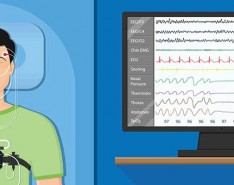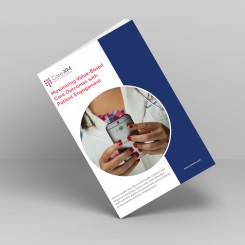CMS/Medicare
The Centers for Medicare & Medicaid Services (CMS) is a department of Health and Human Services (HHS). The current administrator is Seema Verma, appointed by President Donald Trump.
CMS oversees the Medicare and Medicaid programs. CMS collects and analyzes data, produces research reports, and works to eliminate instances of fraud, waste and abuse within the health care system.
WASHINGTON, DC (March 24, 2020)--The Centers for Medicare & Medicaid Services (CMS) announced over the weekend a series of relief measures for providers and clinicians when it comes to Medicare quality reporting to ease the strain of COVID-19 response.
WASHINGTON, D.C. (March 17, 2020)--The Centers for Medicare & Medicaid Services (CMS) announced today that it will expand Medicare's telehealth coverage to allow beneficiaries to receive a wider range of services without having to travel to a health care facility in response to the coronavirus outbreak.
Beginning on March 6, 2020, Medicare will temporarily pay clinicians to provide telehealth services for beneficiaries residing across the entire country.
WASHINGTON, D.C. (December 18, 2019)—Provisions permanently excluding manual complex rehab technology (CRT) wheelchairs from the competitive bidding program have been included in FY 2020 appropriations legislation. The legislation also exempts CRT manual accessories from bidding-derived pricing for an 18-month period, starting Jan. 1, 2020.




















